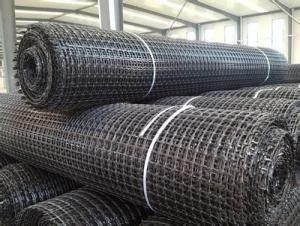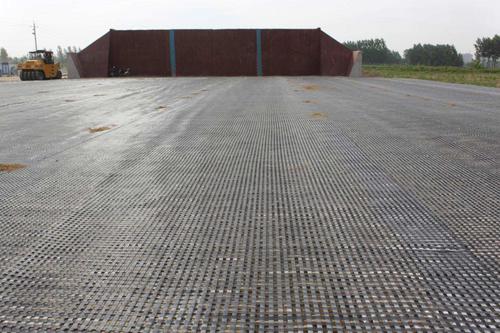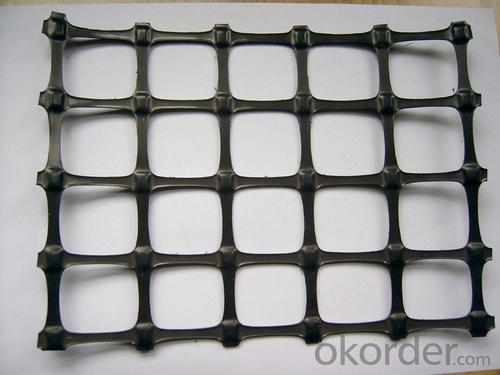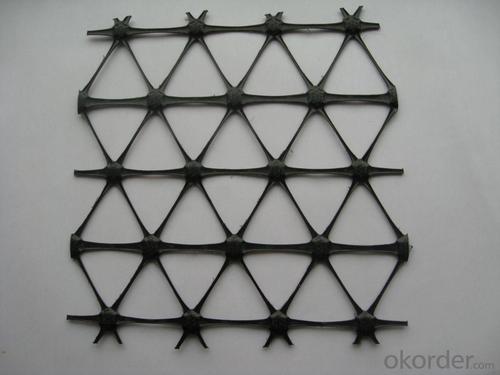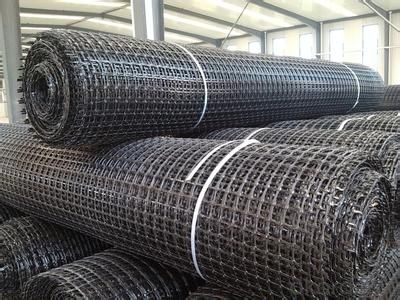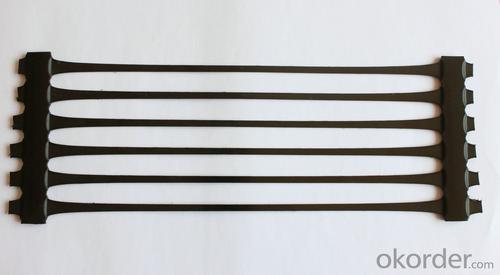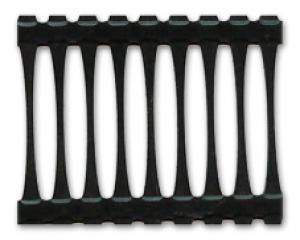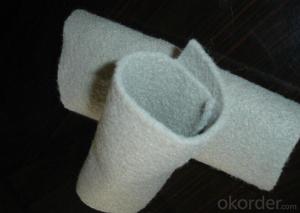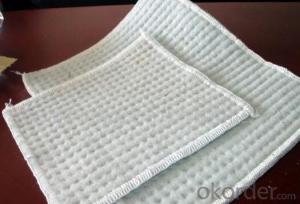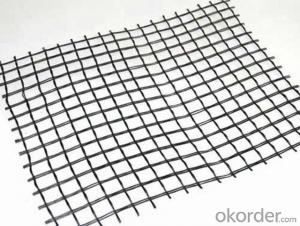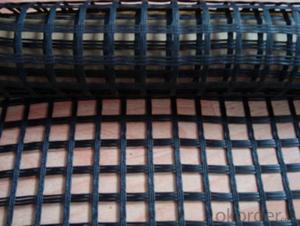Fiberglass Geogrid for Tunnel Reinforcement - Embedment Length of Geogrids
- Loading Port:
- Shanghai
- Payment Terms:
- TT or LC
- Min Order Qty:
- 50000 m²
- Supply Capability:
- 2000000 m²/month
OKorder Service Pledge
OKorder Financial Service
You Might Also Like
Fiberglass Geogrid for Tunnel Reinforcement
Description Of Fiberglass Geogrid for Tunnel Reinforcement:
Fiberglass geogrid is based on fiberglass woven cloth coated with modified bitumen or PVC, it was developed to address the problem of pavement cracking on highways, roads and runways, driven by a need to reduce cost for infrastructure maintenance and repair.
It is characterized by high tensile strength in axial and lateral directions, low stretch rate, alkali-resistance, low temperature- resistance, as well as convenience in construction and low price. It can be used on pitch pavement to prevent cracks and prolong pavement service life. It also can be used as a basal reinforcement material for hillsides, reservoirs, harbors, ports, water channels, seawalls, etc.
Main Features of Fiberglass Geogrid for Tunnel Reinforcement:
1.High tensile strength, low elongation.
2.No long-term creep: the product can keep for a long time performance.
3.Thermal stability: fiber glass melting temperature above 1000 ℃.
4.The compatibility with asphalt.
5.Physical and chemical stability.
Specifications of Fiberglass Geogrid for Tunnel Reinforcement:
Tensile Strength (KN) | Warp | >30 | >50 | >60 | >80 | >100 | >120 | >150 | >200 |
Weft | >30 | >50 | >60 | >80 | >100 | >120 | >150 | >120 | |
Elongation(%) | <4< p=""> | <4< p=""> | <4< p=""> | <4< p=""> | <4< p=""> | <4< p=""> | <4< p=""> | <4< p=""> | |
Mesh Size(mm) | 25.4*25.4 | 25.4*25.4 | 25.4*25.4 | 25.4*25.4 | 25.4*25.4 | 25.4*25.4 | 25.4*25.4 | 25.4*25.4 | |
Elastic Modulus | 76 | 76 | 76 | 76 | 76 | 76 | 76 | 76 | |
Width(m) | 1~6 | 1~6 | 1~6 | 1~6 | 1~6 | 1~6 | 1~6 | 1~6 | |
Length(m) | 50~300 | 50~300 | 50~300 | 50~300 | 50~300 | 50~300 | 50~300 | 50~300 | |
Temperature Resistant(℃) | -100~280 | -100~280 | -100~280 | -100~280 | -100~280 | -100~280 | -100~280 | -100~280 | |
Resin Content (%) | 18~20 | 18~20 | 18~20 | 18~20 | 18~20 | 18~20 | 18~20 | 18~20 | |
Glue Type | Bitumen PVC SBR soakage | Bitumen PVC SBR soakage | Bitumen PVC SBR soakage | Bitumen PVC SBR soakage | Bitumen PVC SBR soakage | Bitumen PVC SBR soakage | Bitumen PVC SBR soakage | Bitumen PVC SBR soakage | |
Applications of Fiberglass Geogrid for Tunnel Reinforcement:
Strengthen bitumen concrete roadway and reduce and prevent various kinds of reflection gaps on roadway.
1.Suitable for highway, railway, airport road of subgrade enhancement.
2.Suitable for the large parking lot and port freight yard that the foundations of the permanent load increased.
3.Suitable for railway, highway slope protection.
4.Suitable for culverts.
5.Suitable for the uniaxial tensile geogrid reinforced soil secondary enhancement, after further enhance soil, prevent soil erosion.
6.Mining, tunnel reinforcement.
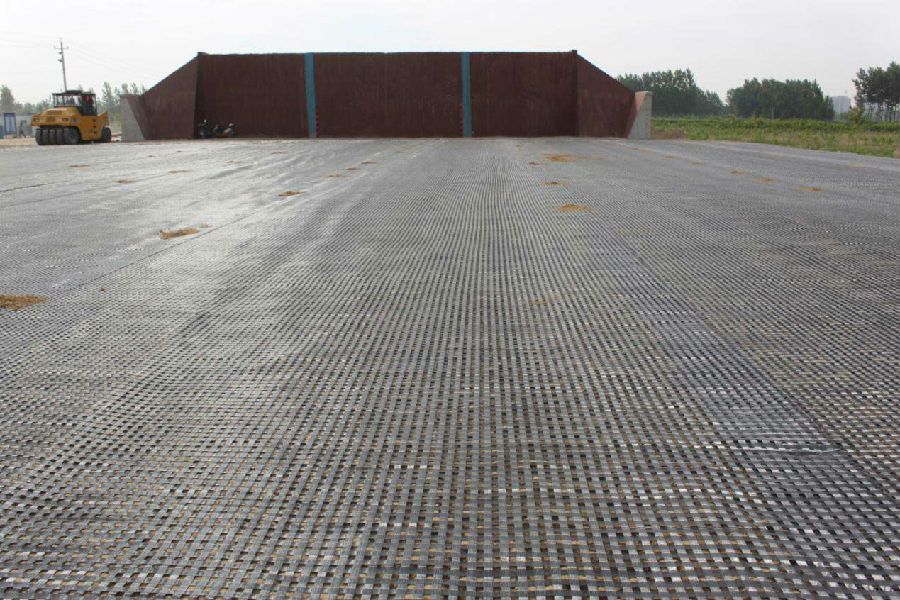
IMages of Fiberglass Geogrid for Tunnel Reinforcement:

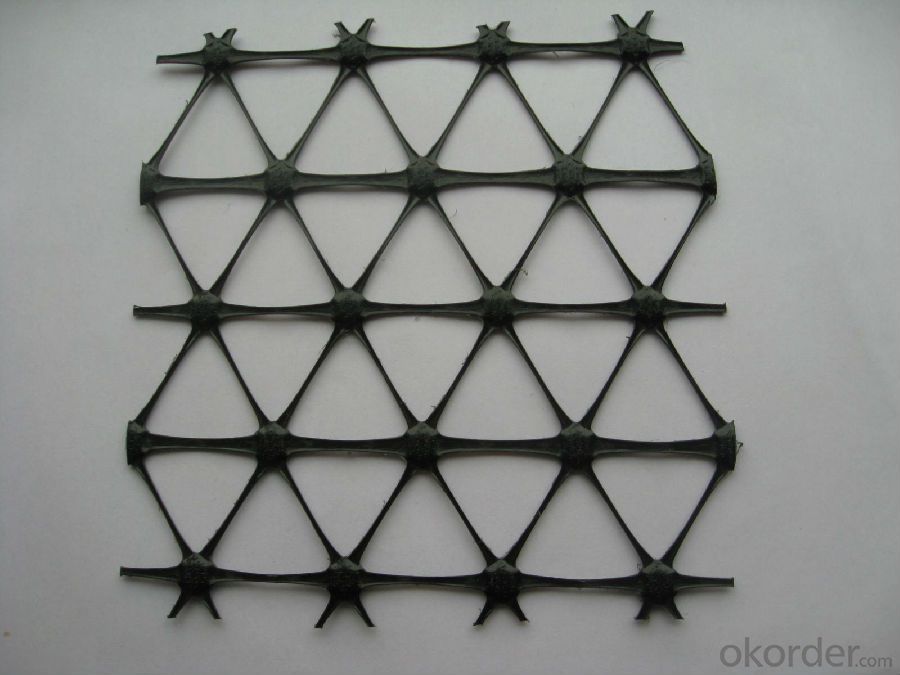

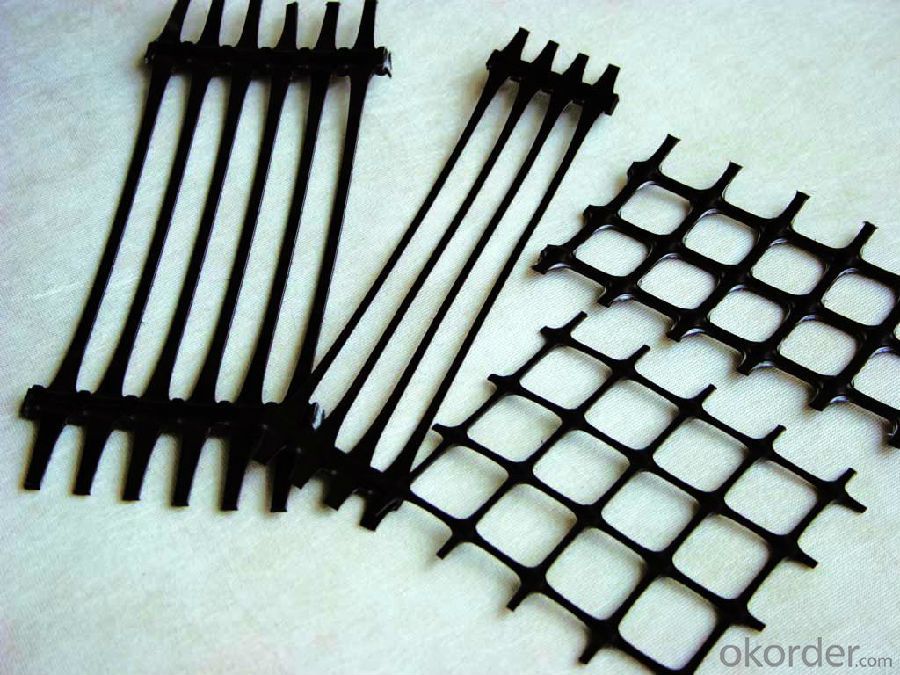
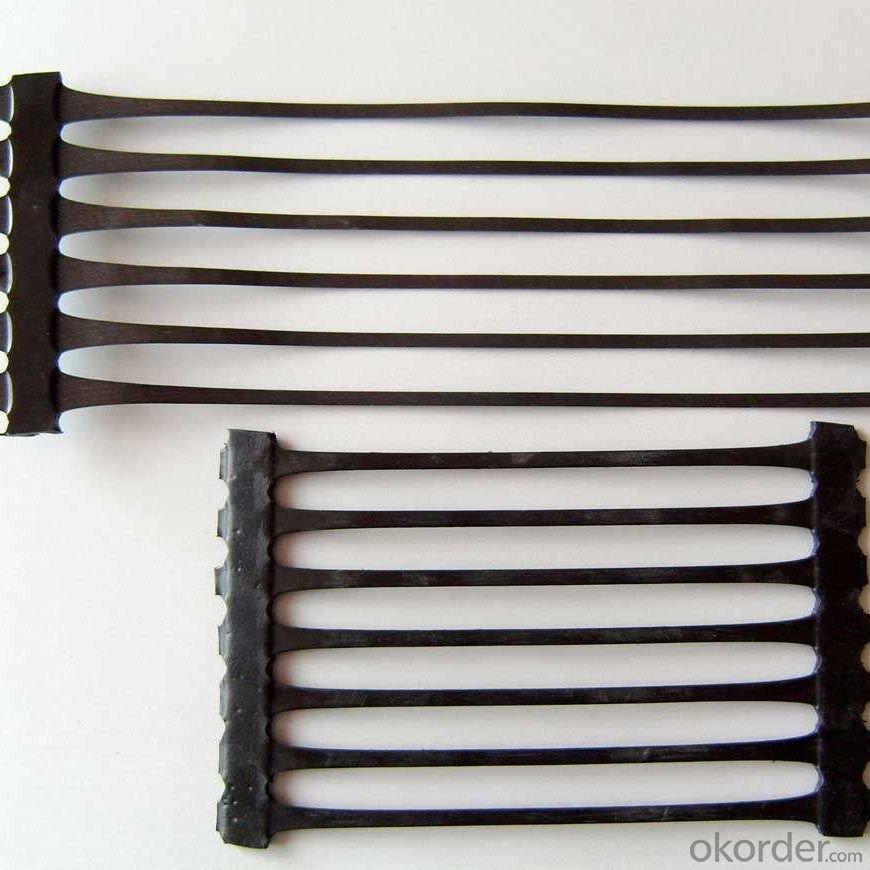
FAQ of Fiberglass Geogrid for Tunnel Reinforcement:
1. What are we supplying?
We are specialized in producing Geosynthetic materials, like Geogrid Series, HDPE Geocell, Geonet, Geotextile, Geomat, Tri Denmensional Composite Grainage Geonet, and Geomembrane Series.
.
2. How Many years experience do we have?
We have been exported to more than 20 countries in the past 15 years.
3. How long do we usually reply your request?
We always reply our customer within 24 hours.
- Q: Is there a geogrid in the transition section of Railway
- The railway section is to be used in the geogrid
- Q: Can geogrids be used in temporary access roads?
- Yes, geogrids can be used in temporary access roads. Geogrids are commonly used in construction and civil engineering projects to reinforce the soil and provide stability. They can effectively distribute loads and prevent soil erosion, making them suitable for temporary access roads that need to withstand heavy traffic during construction or maintenance activities.
- Q: What are the design considerations for geogrid-reinforced pavements?
- Design considerations for geogrid-reinforced pavements include the selection and placement of geogrid materials, determining the appropriate grid spacing and orientation, considering loading conditions and traffic loads, evaluating soil properties and subgrade stability, and ensuring proper installation and construction techniques. Additionally, factors such as climate, drainage, and environmental conditions need to be taken into account to ensure the long-term performance and durability of geogrid-reinforced pavements.
- Q: What is the recommended overlap distance for geogrid seams?
- The recommended overlap distance for geogrid seams varies depending on the specific application and manufacturer's guidelines. However, in general, a minimum overlap distance of 12-18 inches is often recommended to ensure proper connection and strength of the geogrid.
- Q: Can geogrids be used in reinforcement of tunnels and underground excavations?
- Yes, geogrids can be used in the reinforcement of tunnels and underground excavations. Geogrids are often installed to provide additional support and stability to the surrounding soil or rock mass, reducing the risk of collapse or deformation. They can help distribute the applied loads and increase the overall strength of the structure, making them a suitable choice for reinforcing tunnels and underground excavations.
- Q: Are there any specific requirements for geogrid installation in road construction?
- Yes, there are specific requirements for geogrid installation in road construction. These requirements include properly preparing the subgrade, ensuring proper tensioning and alignment of the geogrid, using appropriate anchoring and connection methods, and conducting regular inspections to ensure the geogrid remains in place and functions effectively. Additionally, the geogrid should be installed according to the manufacturer's recommendations and in compliance with industry standards and specifications.
- Q: Self adhesive fiberglass geogrid price 1m2 how much money
- The higher the tension, the higher the price
- Q: What are the long-term maintenance requirements for geogrids?
- The long-term maintenance requirements for geogrids are typically minimal. Once installed properly, geogrids generally do not require any specific maintenance. However, regular inspections are recommended to ensure that the geogrids are functioning as intended and to identify any potential damage or deterioration. In case any issues are detected, prompt repairs or replacements should be carried out to maintain the effectiveness of the geogrids over time.
- Q: What way to quickly cut the geogrid
- Uniaxial tensile geogrid1, is a kind of polymer as the main raw material, adding anti UV, anti aging agent must, after the original tensile distribution chain shaped molecules scattered re aligned linear, pressure into a sheet by extrusion and punching network rules, high strength geosynthetics and longitudinal stretch into the. In this process, the polymer is in a directional linear state and a long elliptical structure with uniform distribution and high node strength is formed. This structure has very high tensile strength and tensile modulus, tensile strength reached 100-200Mpa, close to the level of low carbon steel, much better than the conventional or existing reinforced materials, especially in the company of such products is more than the international level of the early high (elongation at 2% - 5%) tensile strength and tensile modulus. A chain system that provides an ideal force for the soil to bear and spread. The tensile strength of the product (>150Mpa), to adapt to a variety of soil, is widely used in the reinforcement material. Unidirectional geogrid use:
- Q: Can geogrids be used in reinforcement of retaining walls?
- Yes, geogrids can be used in the reinforcement of retaining walls. Geogrids are commonly used to enhance the stability and strength of retaining walls by providing additional reinforcement. They help distribute the forces exerted by the soil and improve the overall performance and longevity of the retaining wall structure.
Send your message to us
Fiberglass Geogrid for Tunnel Reinforcement - Embedment Length of Geogrids
- Loading Port:
- Shanghai
- Payment Terms:
- TT or LC
- Min Order Qty:
- 50000 m²
- Supply Capability:
- 2000000 m²/month
OKorder Service Pledge
OKorder Financial Service
Similar products
Hot products
Hot Searches
Related keywords




